HSHS earned stakeholder buy-in for acquisitions
By JULIE MINDA
When a secular hospital prepares to join a large Catholic system, the prospect of an ownership change can bring uncertainty for the hospital's staff and the community.
Trepidation can be heightened in rural communities where residents may have deep personal and philanthropic ties to a hospital, and where people who are not Catholic may have little knowledge of the tenets of Catholic health care.
Recognizing this, before Hospital Sisters Health System of Springfield, Illinois, acquired rural hospitals in Oconto Falls, Wisconsin; Greenville, Illinois; and Shelbyville, Illinois, it courted the communities, building confidence and solid relationships with all key stakeholders.
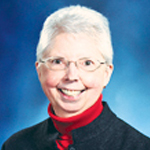
It engaged in transparent and forthcoming communication with hospital board members, administrators, admitting physicians, staff, patients, community clergy of all denominations, business and civic leaders and residents, says Sr. Monica Laws, OSF. As vice president of mission integration for HSHS at the time of the acquisitions, she helped to orchestrate the mission integration work connected with the acquisitions. (Sr. Laws retired Nov. 8.)
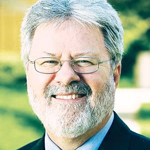
Peter Mannix, HSHS vice president of strategy development and implementation, says, "We wanted to ensure the communities would welcome us. We engaged with them to get their buy-in. We wanted to have them feel they were part of the process. We didn't want to overwhelm them." (Mannix retired Sept. 1.)
Getting to know you
Mary Starmann-Harrison is president and chief executive of HSHS, which has 15 hospitals and a network of non-acute facilities in Illinois and Wisconsin. She says in seeking out potential acquisition prospects, HSHS looks at facilities within a 90-mile radius of its hospitals, evaluating which ones have unmet health needs in their communities that HSHS could help shore up.
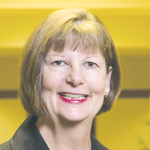
Mannix says HSHS determines how it can add value to the hospitals, including through the introduction of the system's electronic health record, standardization of care processes and group buying opportunities.
HSHS leaders keep local ordinaries, or bishops, in the information loop from the outset of acquisition talks. Sr. Laws says, "You never want a bishop to be surprised and read about something in the morning paper" that he has not been briefed on. Starmann-Harrison says bishops have been enthusiastic about adding a Catholic hospital ministry in their diocese.
When HSHS and the hospital are ready to move forward with a letter of intent and to make their plans public, HSHS reaches out to more stakeholders. This can include hosting retreats with the community hospital's board and administrators, making presentations to staff and to business leaders, convening community town hall meetings, and establishing a social media feed as well as outreach to traditional media outlets.
Listen and learn
Sr. Laws says HSHS and the hospitals had preexisting affiliations in place with the Oconto Falls and Shelbyville hospitals and that foundation reduced qualms. But HSHS was an unknown in Greenville when it moved to acquire the community's only hospital.
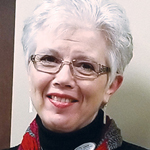
Jeannie Korte, an HSHS mission leader in Southern Illinois, says that in Greenville — which has a large Protestant population, but not a large Catholic presence — people didn't understand Catholic health care's ethic, and they "feared we'd try to proselytize or convert people. … So, our task in part was to introduce what it means to be a Catholic facility."
The system built relationships with local clergy of all denominations, welcoming them to provide pastoral care for their respective hospitalized church members and has involved them in celebrations and rituals at the hospitals.
- 2014: the 22-bed nonprofit Community Memorial Hospital in Oconto Falls, Wis., which is now HSHS St. Clare Memorial Hospital.
- 2016: the 42-bed nonprofit Greenville Regional Hospital in Greenville, Ill., which is now HSHS Holy Family Hospital.
- 2017: the 18-bed nonprofit Shelby Memorial Hospital in Shelbyville, Ill., which is now HSHS Good Shepherd Hospital.
Sr. Laws says in all of the meetings in and out of the hospital, HSHS representatives were there to listen as much as to talk, and they invited questions and ongoing follow-up communication.
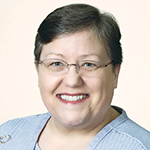
Mary Salm, director of spiritual care and mission integration for HSHS in Wisconsin, says system representatives also ensured "our messages were clear and consistent. We were intentional about presenting our mission" and being clear about the meaning and purpose of HSHS's work.
Korte says of the staff and communities, "We respected them, listened to them, we identified barriers to the acquisition, and we reassured them."
Intro to Catholic health care
Sr. Laws, Salm and Korte were on mission integration subcommittees that made numerous presentations, especially for staff of acquired hospitals, on the history, legacy, mission and ministry of the Hospital Sisters of St. Francis, the health system they founded and what it means to be Catholic.
The subcommittee members helped staff understand the meaning of — and reasons for — practices and protocols that would be put in place under HSHS's ownership, including the placing of crucifixes in all patient rooms, the addition of religious art in common spaces, the hiring of mission personnel, the use of prayers to begin meetings, the celebration of certain feast days of saints and the addition of chapels.
Korte says, "The more we shared, the more it resonated."
